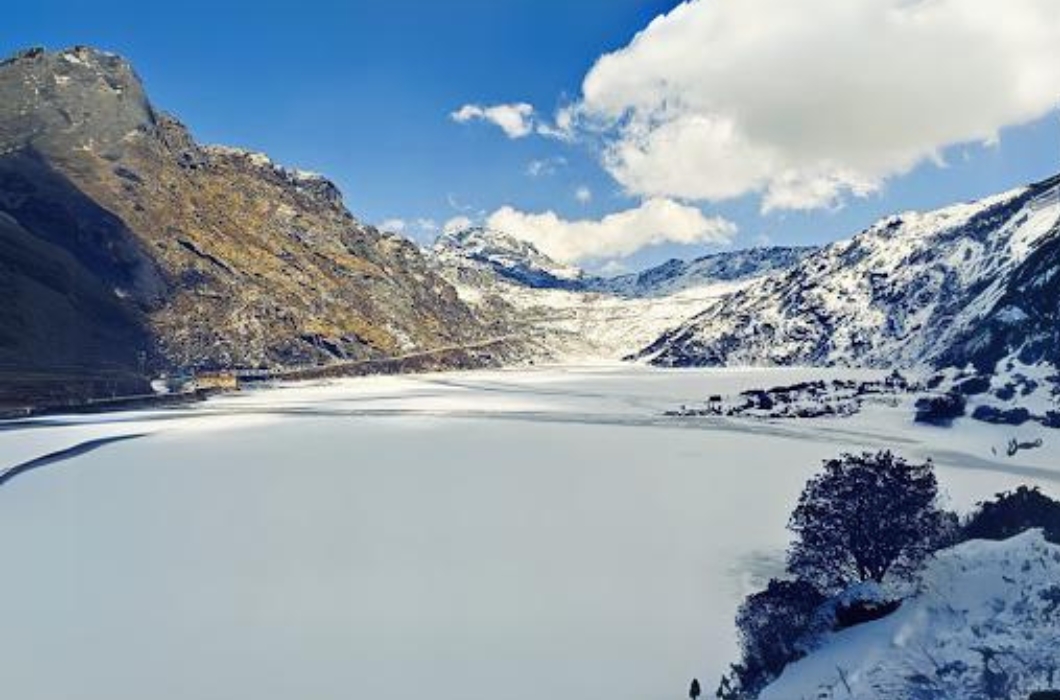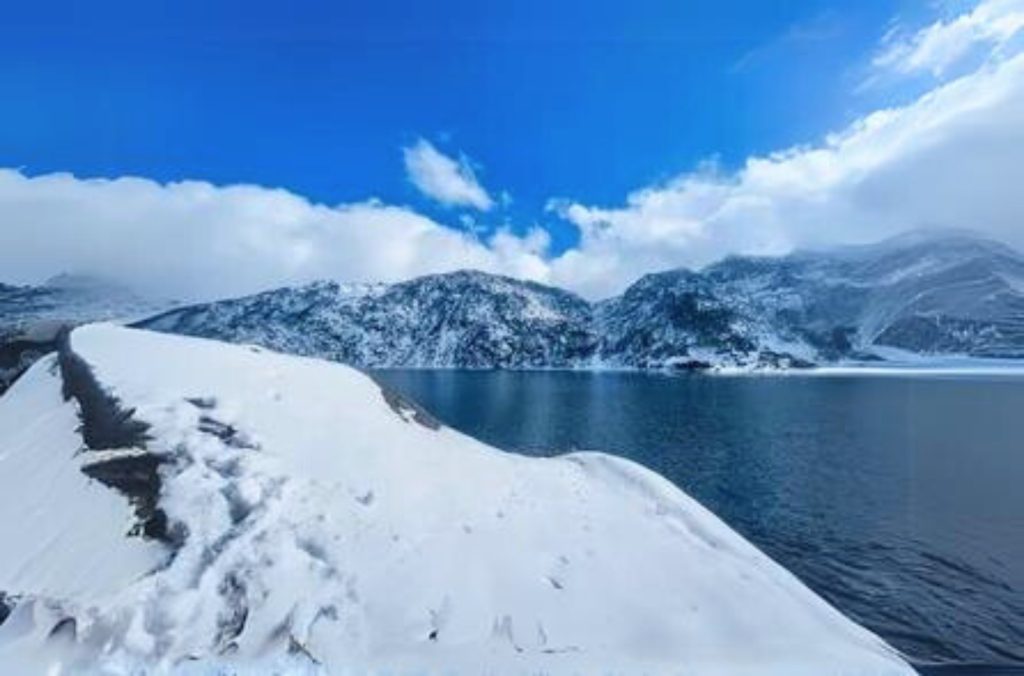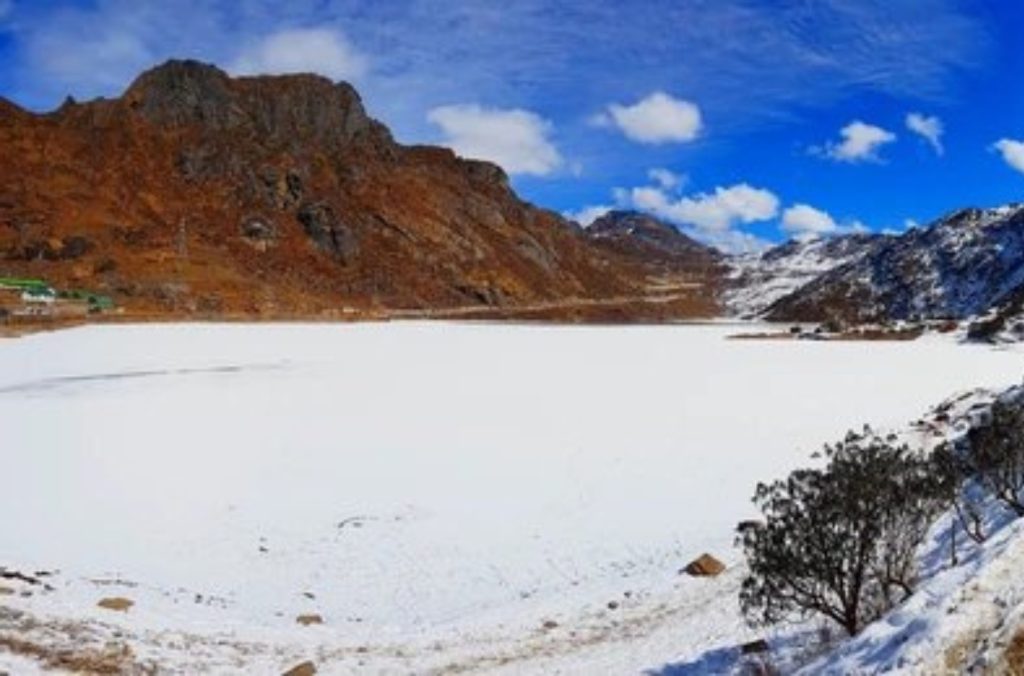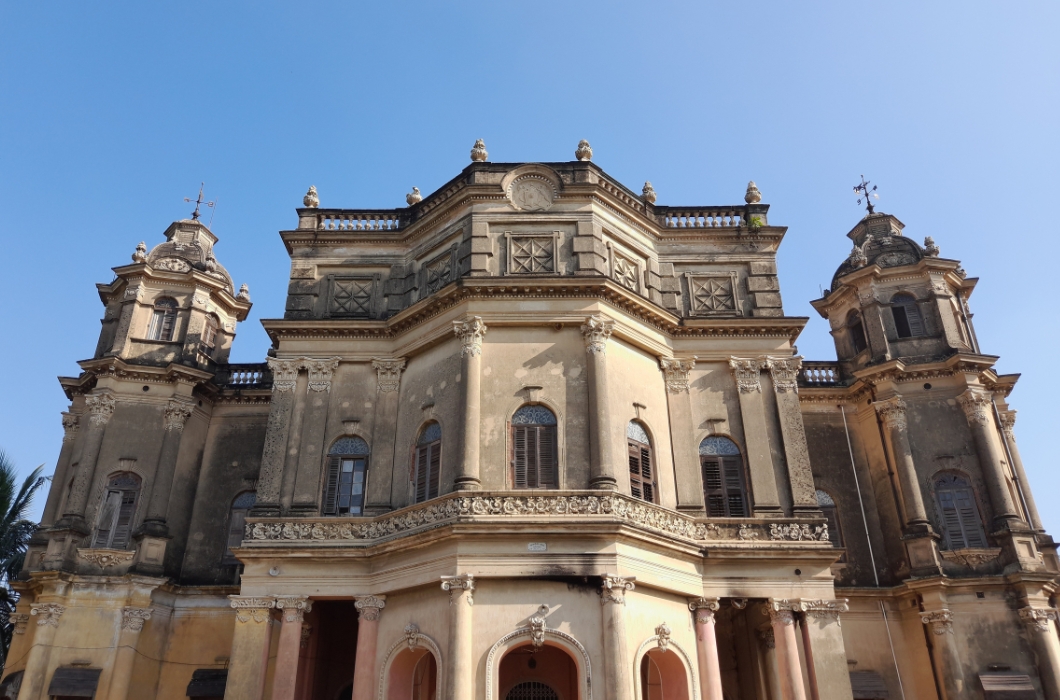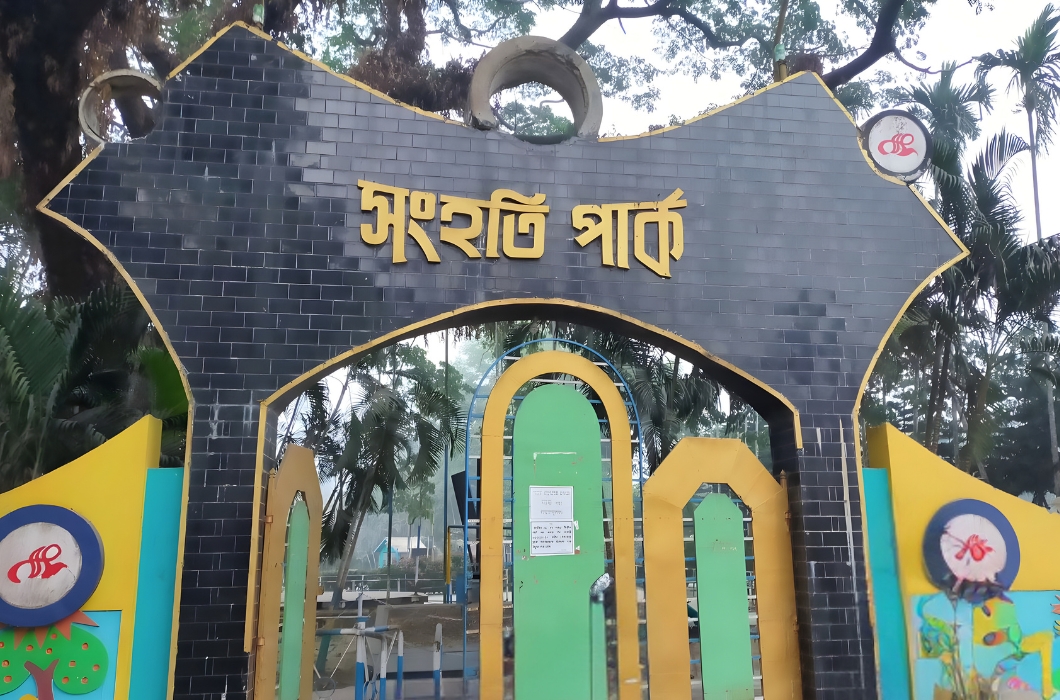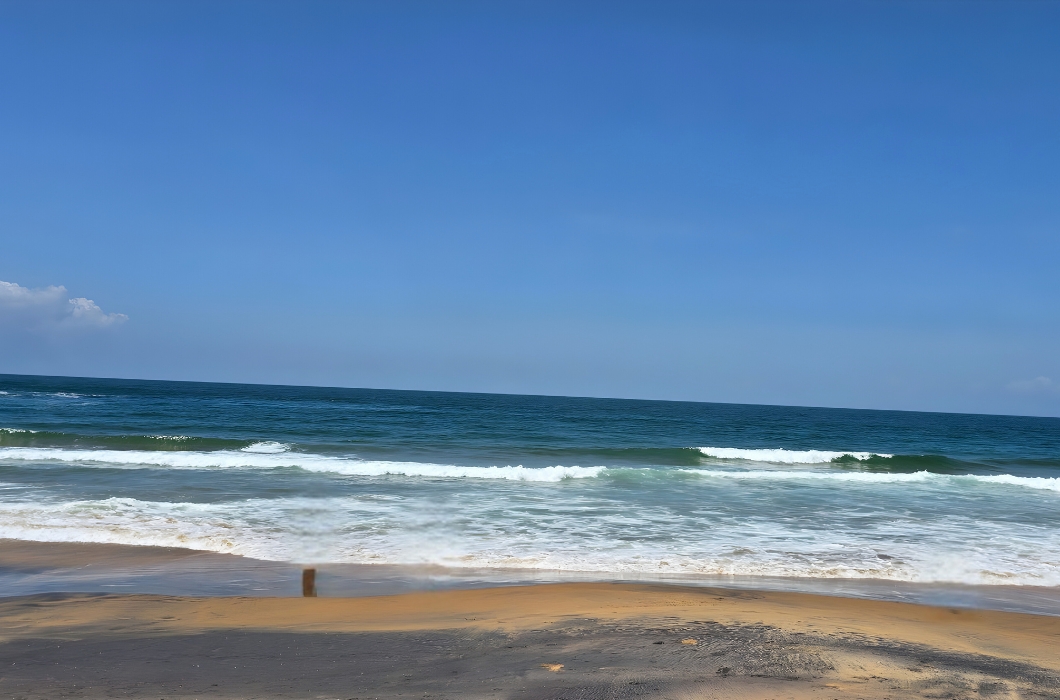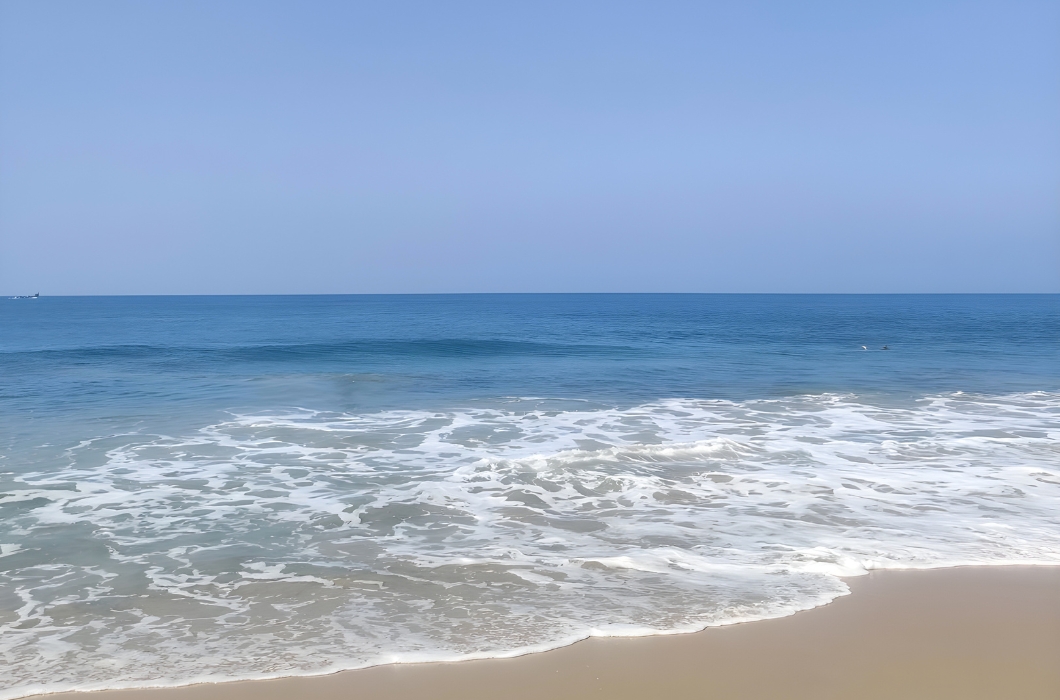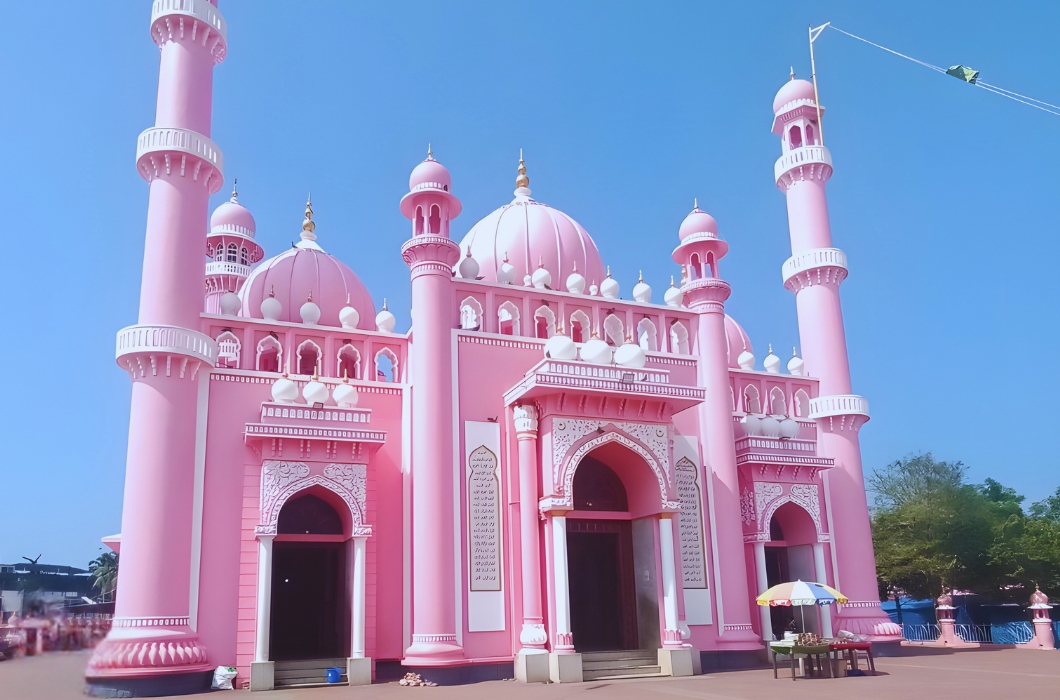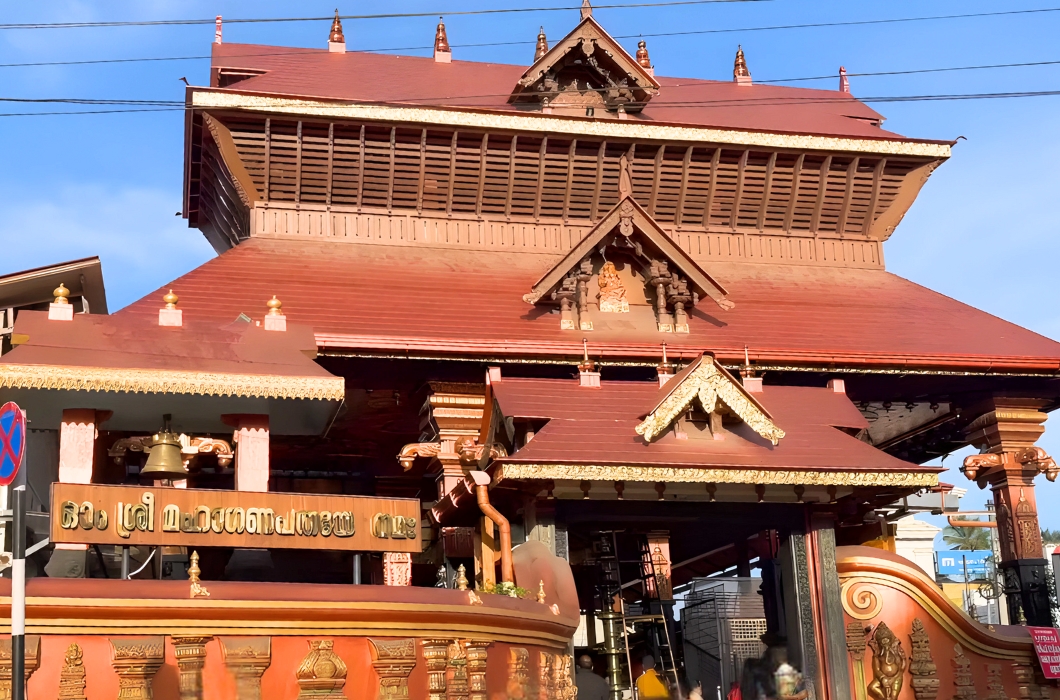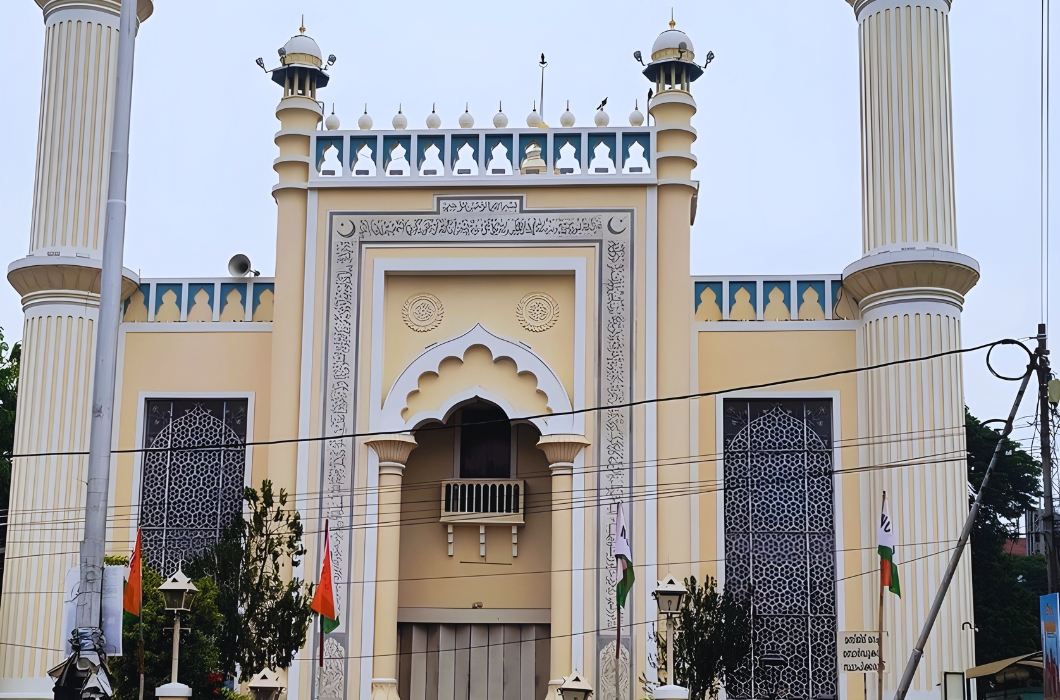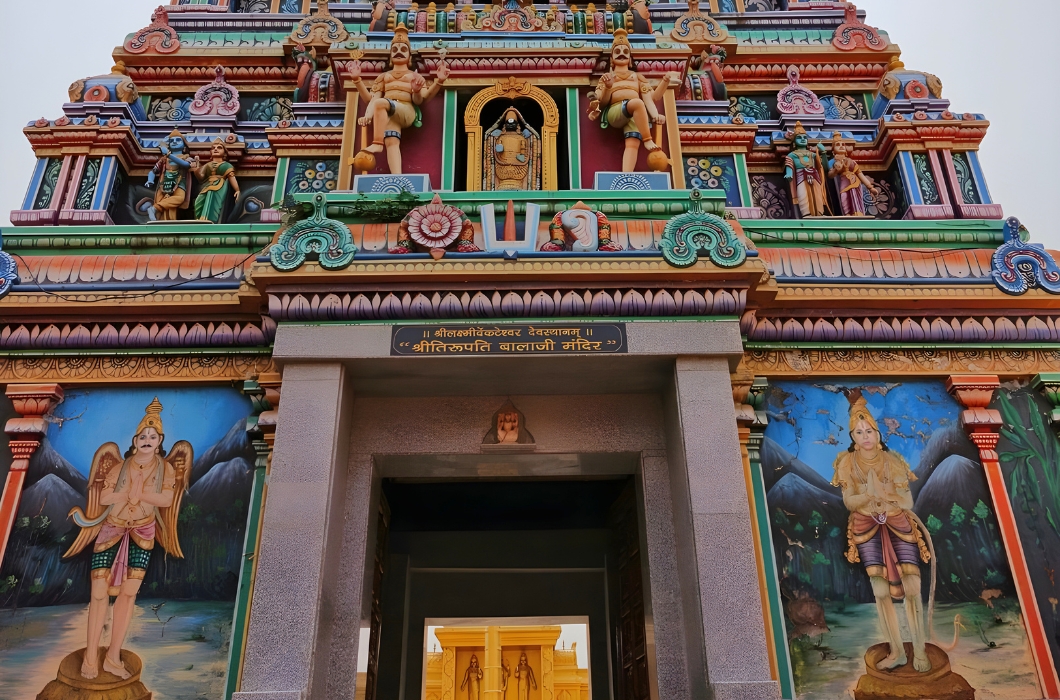About 40 kilometers (25 miles) from Gangtok, the state capital of Sikkim, lies Tsongmo Lake, sometimes called Tsongmo Lake or Changu Lake. It is a glacier lake. Situated at 3,753 meters (12,313 feet) above sea level, the lake is frozen in the winter. The indigenous Sikkimese people have a deep respect for the lake, whose surface changes color with the seasons. Buddhist monks made predictions by observing how the lake’s color changed. The outskirts of the lake are lined with picturesque displays of rhododendrons, the state tree of Sikkim, primulas, blue and yellow poppies, irises, and other flower species once the winter season finishes in the middle of May. Numerous bird species, notably Brahminy ducks, can also be observed within the lake’s perimeter. Among the animals spotted is the red panda. Joy rides on adorned yaks and mules, with booths serving a range of food and drinks, are among the tourist attractions at the lake site. On the lakeside is a modest Shiva shrine as well. It is imperative that all Indians visiting the lake receive licenses because the location is a limited one. For international nationals, a specific permit is necessary. One of India’s exceptional and rare high altitude lakes is this one. The reflections of the surrounding hills in the lake give it a double dose of beauty. In about 15 kilometers, the elevation rises to roughly 10,000 feet from Gangtok, which is at 5410 feet. On this portion of the road, the gradient would be extremely steep, as you might guess.
Share On Social:
Facebook
Twitter
Pinterest
WhatsApp

